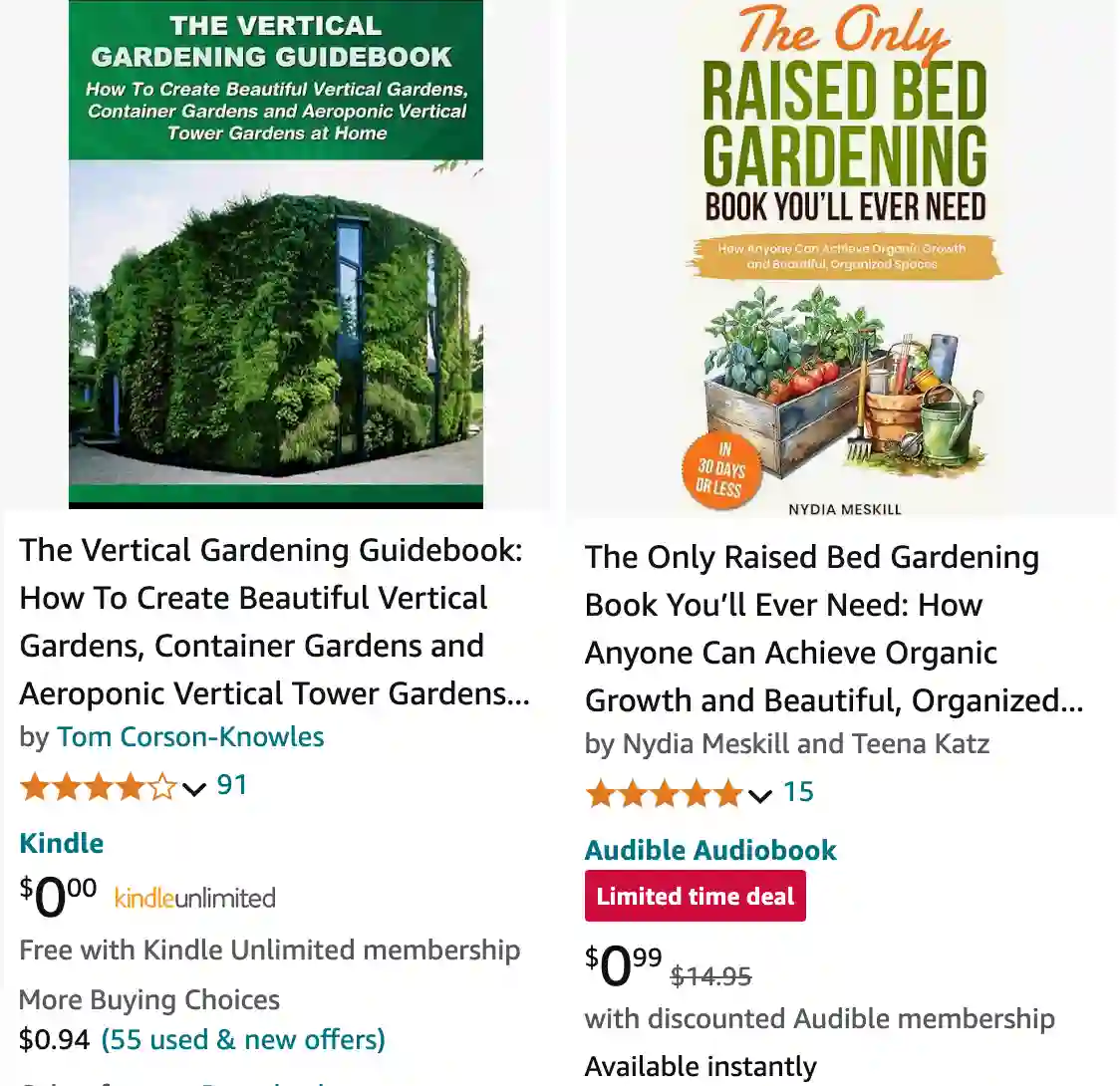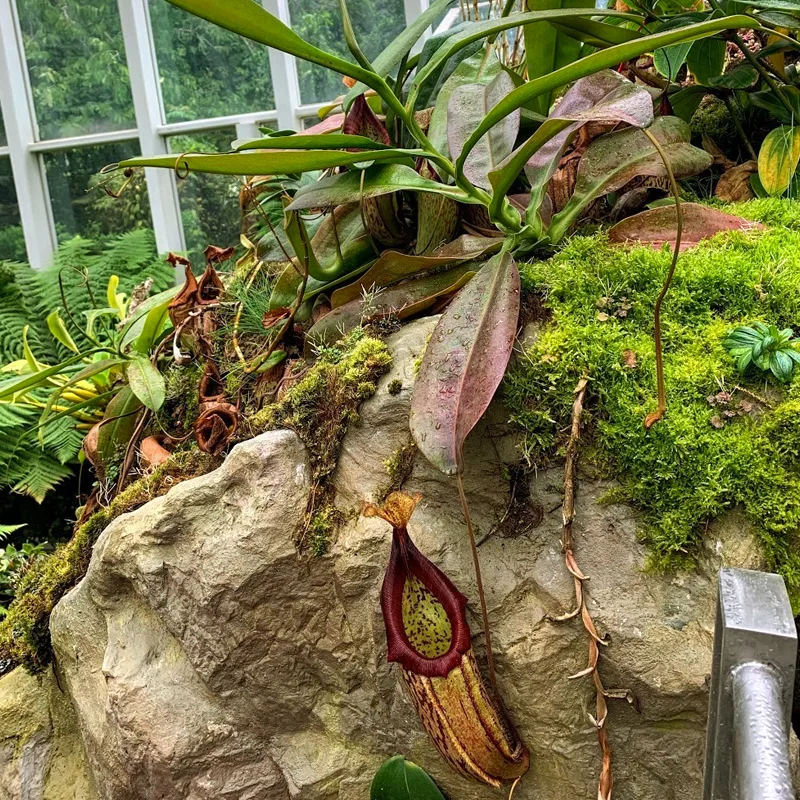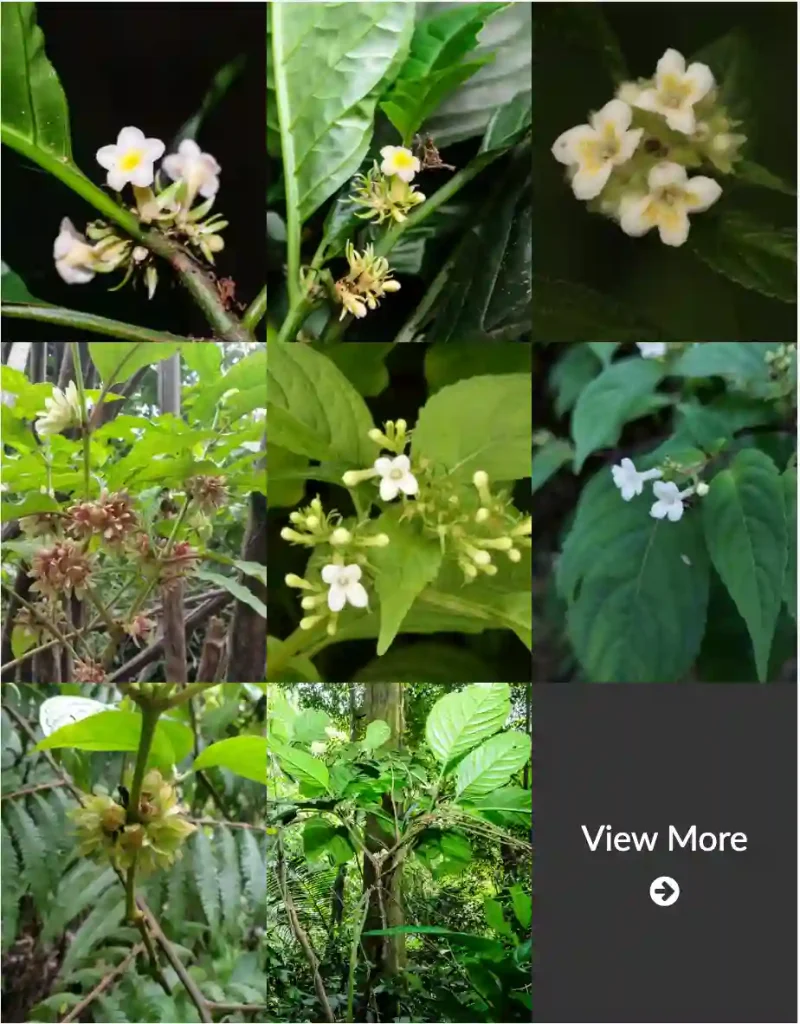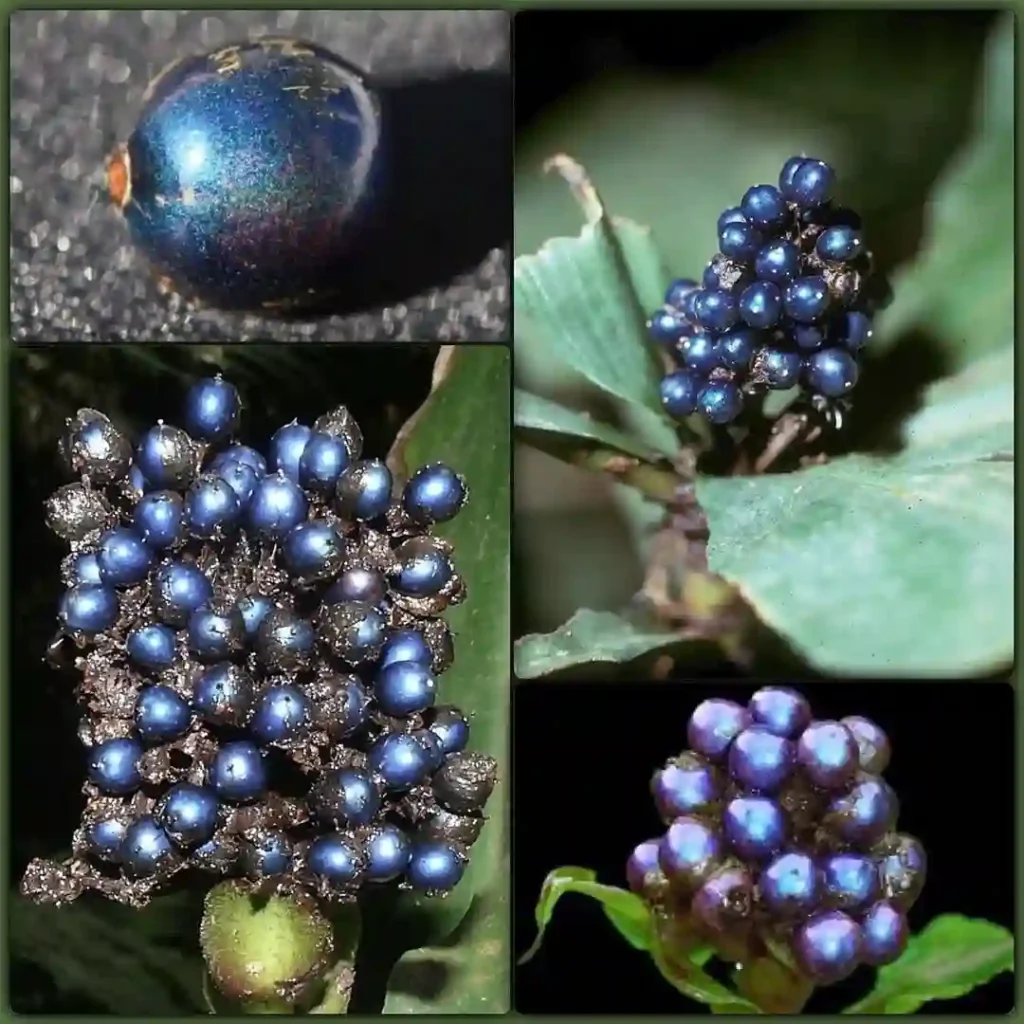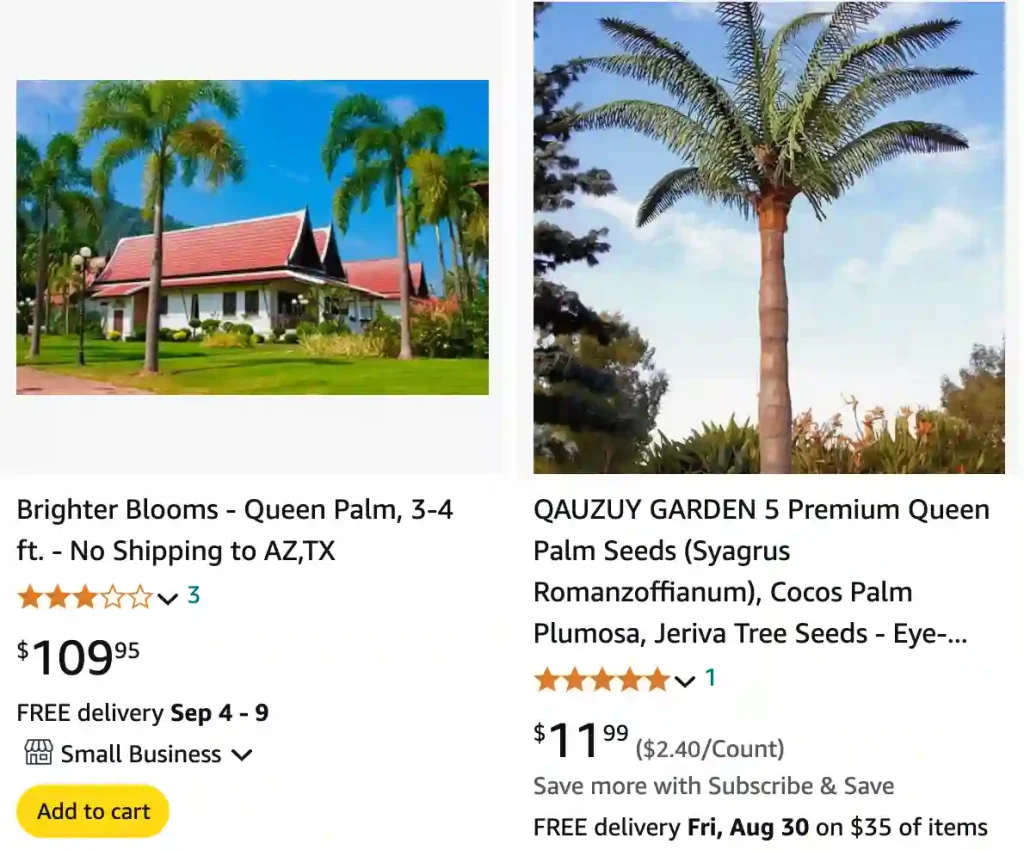
FAQs About Queen Palm
Queen Palm is one of those tropical beauties that can make any landscape look more exotic and vibrant. Having grown a few myself, I’ve picked up a lot of useful tips and answers to common questions. If you’re considering adding a Queen Palm to your garden, here’s everything you need to know based on my experience.
How Fast Do Queen Palms Grow?
Queen Palms are pretty fast growers, especially in their ideal environment. I’ve found that, on average, they can grow about 2 to 3 feet per year. This growth rate can vary depending on factors like soil quality, water availability, and climate. In warmer climates with ample moisture, their growth rate might be even faster. Keep in mind that while they grow quickly, they still need time to establish their root system and reach their full potential.
How Tall Do Queen Palms Grow?
When fully mature, Queen Palms can reach impressive heights. Typically, they grow between 30 to 40 feet tall. I’ve seen some specimens reach up to 50 feet in ideal conditions. Their tall, slender trunks and lush, feathery fronds make them a standout feature in any garden or landscape design.
How to Trim a Queen Palm?
Trimming Queen Palms is essential to maintain their health and appearance. Here’s a simple guide from my own experience:
- Remove Dead Fronds: Start by cutting off any brown, dead fronds. This not only improves the palm’s look but also helps prevent pest infestations.
- Avoid Over-Pruning: Only remove fronds that are completely dead. Cutting off too many green fronds can stress the tree and affect its health.
- Use Sharp Tools: Ensure your pruning tools are clean and sharp to make clean cuts and minimize damage.
Are Queen Palms Bad?
Queen Palms are generally not bad plants. They’re quite popular for their aesthetic appeal and relatively easy care. However, in some regions, they might become invasive or spread beyond intended areas if not properly managed. I haven’t had any major issues with them being problematic in my garden, but it’s worth keeping an eye on their growth and spread.
How Long Do Queen Palms Live?
In the right conditions, Queen Palms can live for about 20 to 30 years. With proper care, including regular watering and occasional feeding, they can thrive and add beauty to your garden for decades.
How Often to Water Queen Palms?
Queen Palms need regular watering, especially when they’re young and establishing their root system. I generally water them once a week during the growing season. However, during extremely hot weather or if the soil dries out faster, you might need to water more frequently. Always ensure the soil is well-draining to prevent waterlogging.
How to Grow Queen Palms?
Growing Queen Palms is fairly straightforward. Here’s what I’ve learned:
- Choose the Right Location: They prefer full sun but can tolerate partial shade. Ensure the planting spot has well-draining soil.
- Planting: Dig a hole twice the width of the root ball but only as deep as the root ball itself. Place the palm in the hole, backfill with soil, and water thoroughly.
- Care: Regular watering and occasional fertilizing will help them grow strong and healthy.
How to Protect Queen Palms from Freeze?
Queen Palms are sensitive to frost and freezing temperatures. Here’s how I protect mine:
- Cover the Base: Use frost cloth or burlap to cover the trunk and base of the palm during cold snaps.
- Mulch: Applying a layer of mulch around the base can help insulate the roots.
- Water: Keep the soil moist, but not waterlogged, as this can help the plant better withstand cold temperatures.
Are Queen Palm Dates Poisonous to Dogs?
Queen Palm dates are not recommended for dogs. They can cause gastrointestinal upset if ingested. I always make sure to keep any fallen fruit cleaned up to avoid potential issues with pets.
Are Queen Palm Fruits Edible?
The fruits of Queen Palms are not typically consumed by people. They’re not toxic, but they’re not particularly palatable either. In my experience, they’re more of a nuisance than a food source.
Queen Palm vs King Palm
Queen Palms and King Palms are often confused, but they have distinct differences. Queen Palms have a more slender trunk and longer, feathery fronds, while King Palms have a thicker trunk and shorter, more robust fronds. Queen Palms generally grow taller and have a more elegant appearance, whereas King Palms are more robust and slightly shorter.
Queen Palm vs Royal Palm
Royal Palms are taller and have a thicker trunk compared to Queen Palms. They also have a more pronounced crownshaft. While both are majestic, Royal Palms are more suited to grand landscapes, while Queen Palms are ideal for adding a touch of elegance.
Queen Palm vs Foxtail Palm
Foxtail Palms are smaller and bushier compared to Queen Palms. Their fronds resemble a fox’s tail, which gives them their name. Queen Palms, with their tall, slender trunks and longer fronds, have a different look altogether. Foxtail Palms are great for smaller gardens, while Queen Palms make a striking statement in larger spaces.
Queen Palm vs Majesty Palm
Majesty Palms are generally shorter and more compact than Queen Palms. They have a denser canopy and are more suitable for indoor use or smaller gardens. Queen Palms, with their height and elegance, are more suited for outdoor landscaping where they can spread out and make an impact.
What is the Best Soil for Queen Palms?
Queen Palms prefer well-draining soil. A sandy loam is ideal, but they can adapt to a variety of soil types as long as there is good drainage. Adding organic matter can help improve soil structure and fertility.
Common Problems with Queen Palms
One common issue with Queen Palms is yellowing fronds, often caused by nutrient deficiencies or improper watering. Regularly check for pests like palm mites and scale insects, which can affect the health of your palm.
In conclusion, Queen Palms are beautiful, fast-growing plants that can enhance any landscape. With the right care and attention, they can thrive and provide years of enjoyment. Whether you’re choosing between different types of palms or simply want to know how to best care for your Queen Palm, I hope these insights help you make the most of this tropical gem.
